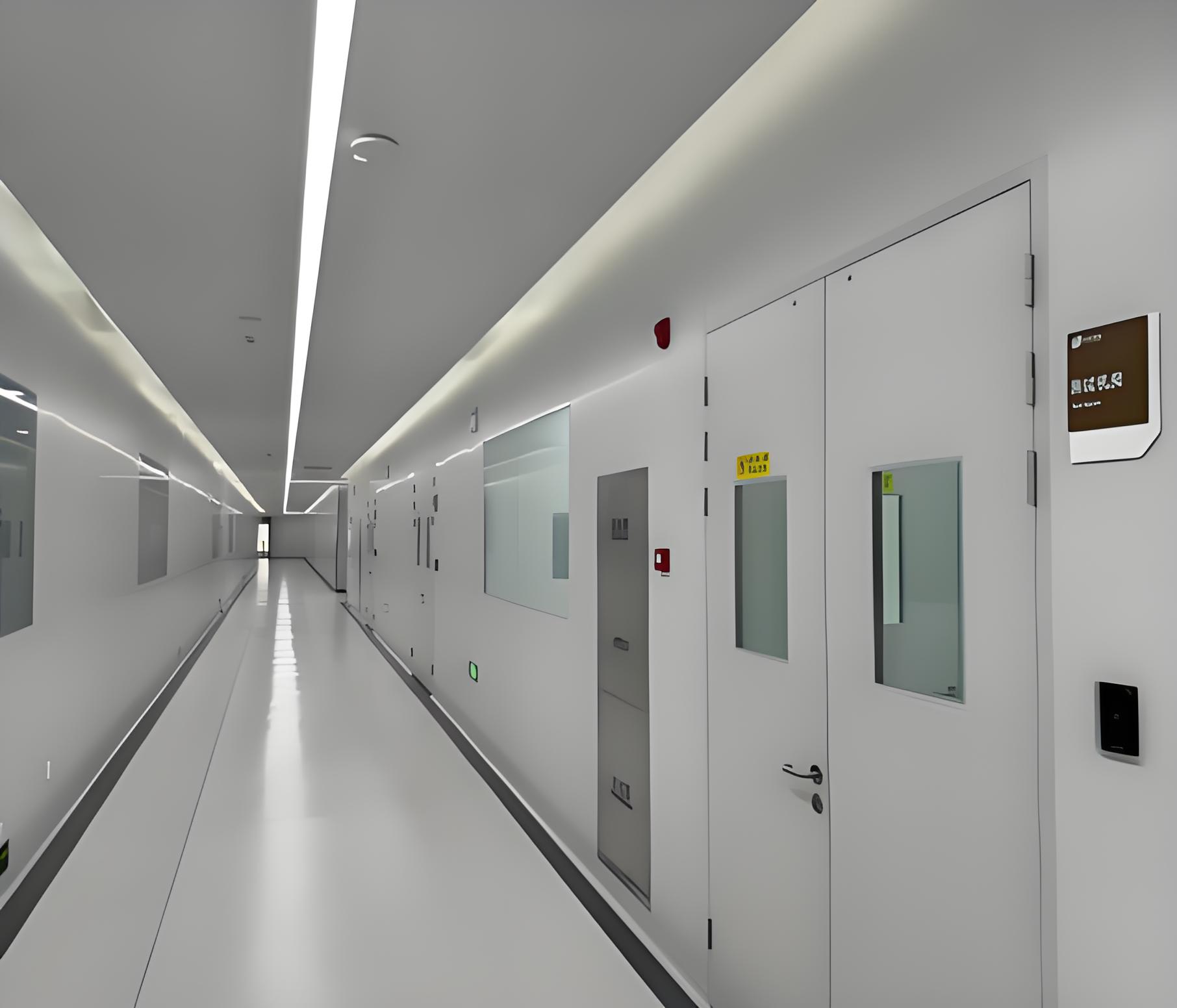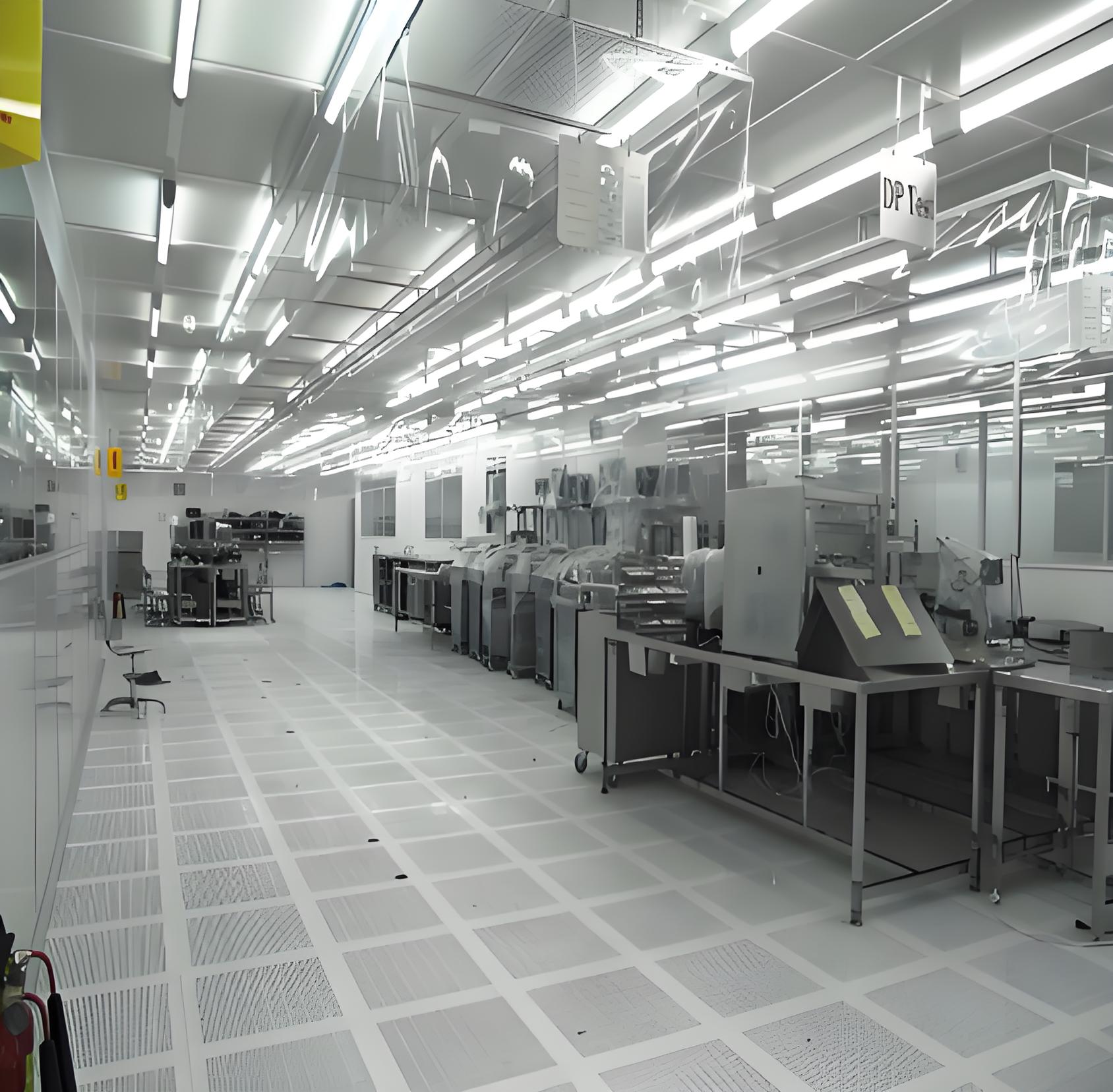




In the world of scientific research, pharmaceuticals, and electronics manufacturing, the lab bench design serves as the fundamental foundation for innovation, safety, and efficiency. It is far more than a simple surface; it is an integrated system that influences workflow, contamination control, and ultimately, the validity of results. A well-conceived design integrates the right materials, ergonomics, and environmental controls to create a workspace that is both functional and future-proof. This article delves into the core aspects of modern laboratory furniture, highlighting the role of specialized lab bench suppliers, the application of stainless steel clean bench units, the critical importance of cleanroom bench airflow design, and the holistic approach to cleanroom workstation design.

The initial phase of any laboratory project involves defining the needs that the furniture must meet. Lab bench design is not a one-size-fits-all endeavor. It requires a meticulous assessment of the processes that will be performed. Will the work involve wet chemistry requiring resistance to corrosive solvents? Is the environment a ISO-classified cleanroom demanding absolute control over particulate matter? Answers to these questions dictate the choice of material, configuration, and ancillary systems.
Key considerations at this stage include:
Load Capacity: The weight of equipment like analytical instruments, glassware sterilizers, and large bioreactors must be supported.
Chemical Resistance: The surface must withstand daily exposure to acids, bases, solvents, and other reagents without degrading.
Ergonomics: Height-adjustable frames are increasingly standard to prevent repetitive strain injuries and accommodate different users and tasks.
Modularity: The ability to reconfigure the bench layout as research needs evolve is a hallmark of a smart, sustainable design.
Engaging with experienced lab bench suppliers early in the planning process is crucial. They can provide valuable insights into material performance, standard versus custom solutions, and integration with services like gas, water, and data.
Choosing among various lab bench suppliers is one of the most significant decisions in setting up a lab. The right supplier acts as a partner, offering more than just products. They provide expertise in space planning, compliance with industry standards (like SEFA, OSHA, or ISO), and long-term support for maintenance and reconfiguration.
When evaluating lab bench suppliers, consider the following:
Product Range and Customization: Do they offer a variety of base cabinets, worksurfaces, and overhead shelving? Can they fabricate custom pieces for unique spaces or requirements?
Industry Experience: Have they successfully completed projects in your specific sector, be it academia, pharmaceuticals, or semiconductor manufacturing?
Compliance and Certification: Can they provide documentation and certifications for materials used, especially for cleanroom or forensic environments?
Integrated Services: The best suppliers often offer design services, installation, and maintenance, ensuring a seamless process from concept to completion.
A reputable supplier will guide you toward the most effective lab bench design for your budget and operational needs, whether it's a standard epoxy resin bench for a teaching lab or a specialized stainless steel clean bench for a sterile environment.
For applications where purity is non-negotiable, the stainless steel clean bench is the gold standard. Commonly found in pharmaceutical compounding, biotechnology, microbiology, and electronics assembly, these benches are designed for easy cleaning and sterilization while minimizing the shedding of particles.
The primary benefits of a stainless steel clean bench include:
Non-porous Surface: 304 or 316-grade stainless steel offers a smooth, impermeable surface that prevents the harboring of microbes, spores, and contaminants.
Durability: It is highly resistant to impact, heat, and a wide range of harsh chemicals used in decontamination procedures.
Cleanability: The seamless construction, often with coved corners, allows for effortless wiping and sterilizing, maintaining strict aseptic conditions.
It is important to distinguish a stainless steel clean bench (which is the furniture itself) from a "clean bench" or laminar flow hood (which is an equipment that provides HEPA-filtered air). Often, these two are integrated into a single cleanroom workstation design.

Perhaps the most technically complex aspect of building a controlled environment is the cleanroom bench airflow design. The goal is to protect the process and the product from particulate contamination generated by people, equipment, and the room itself. Airflow is the primary tool to achieve this.
There are two principal strategies in cleanroom bench airflow design:
Laminar (Unidirectional) Flow: HEPA or ULPA filters are installed in the ceiling, creating a steady, "sheet" of clean air that moves downward with minimal turbulence. This air sweeps contaminants down to floor-level returns, protecting the entire bench area. This is common in ISO 5 (Class 100) environments.
Turbulent (Non-Unidirectional) Flow: Filtered air is supplied from vents and mixes with room air through induction, diluting contaminants until they are extracted through return vents. This is used in less stringent cleanroom classes.
The integration of the bench into this system is critical. A poor cleanroom bench airflow design can create eddies or "dead zones" where particles can accumulate and settle on critical components. The bench structure must be designed to minimize airflow obstruction and facilitate the smooth movement of air from the supply to the return.
Cleanroom workstation design is the practice of bringing all these elements together into a single, cohesive unit. It is the integration of the physical bench structure, the material (like stainless steel), the airflow system, and the utilities required for the process.
A comprehensive cleanroom workstation design might include:
Built-in HEPA/ULPA Filter Modules: Creating a localized unidirectional flow zone right at the bench surface.
Sealed Services: Electrical outlets, gas taps, and data ports are fully sealed into the bench to prevent them from becoming sources of contamination or disrupting airflow.
Ergonomic Considerations: Ensuring that the need for a sealed environment does not compromise the comfort and efficiency of the technician, often through the use of adjustable-height mechanisms.
Material Compatibility: Selecting stainless steel or powder-coated metals that are compatible with cleanroom cleaning agents and do not outgas.
This holistic approach ensures that the workstation is not just a piece of furniture, but a fully functional component of the cleanroom's contamination control strategy.
Even with careful planning, issues can arise. Being aware of these common problems can help in avoiding costly mistakes.
Inadequate Planning for Services: A classic error is failing to properly plan for the routing and access to electrical conduits, plumbing, data lines, and gas pipes. This leads to cluttered workspaces and safety hazards.
Ignoring Future Flexibility: Designing a rigid, fixed bench system in a dynamic R&D environment can be a major constraint. Failing to invest in modular systems can lead to expensive renovations later.
Poor Material Selection: Using a standard chemical-resistant laminate in a high-heat area near sterilizers will cause the surface to delaminate and crack. Similarly, using a metal that is not acid-resistant in a chemistry lab will lead to rapid corrosion.
Disregarding Ergonomics: Fixed-height benches can cause long-term health issues for users. The initial savings are negligible compared to the potential costs associated with worker fatigue and injury.
Compromising Airflow in Cleanrooms: The most common issue in cleanroom bench airflow design is the creation of turbulence from poorly placed equipment, materials, or even the technician themselves. The bench layout must be designed to work in harmony with the room's airflow pattern, not against it.
Choosing Suppliers on Price Alone: The cheapest quote from lab bench suppliers often comes with compromises on material quality, design expertise, and after-sales service, leading to higher lifetime costs.
In conclusion, a successful lab bench design is a multifaceted engineering challenge. It requires a deep understanding of the end-user's processes, a strategic partnership with qualified lab bench suppliers, and a meticulous approach to integrating materials, utilities, and environmental controls. Whether specifying a durable stainless steel clean bench or mastering the complexities of cleanroom bench airflow design, every detail contributes to the creation of a safe, efficient, and productive scientific workspace. By adopting a holistic view of cleanroom workstation design and being mindful of common pitfalls, organizations can invest in infrastructure that truly supports their mission of discovery and innovation.